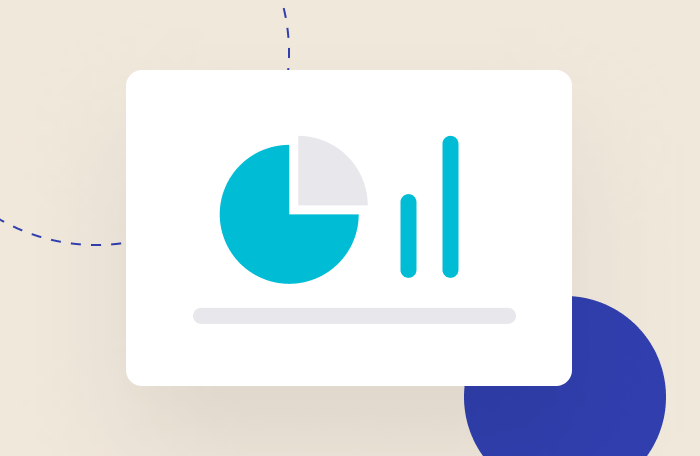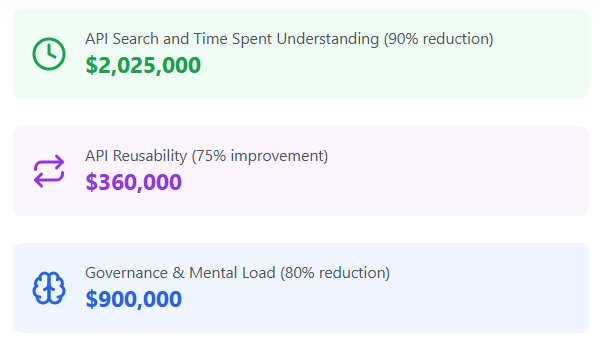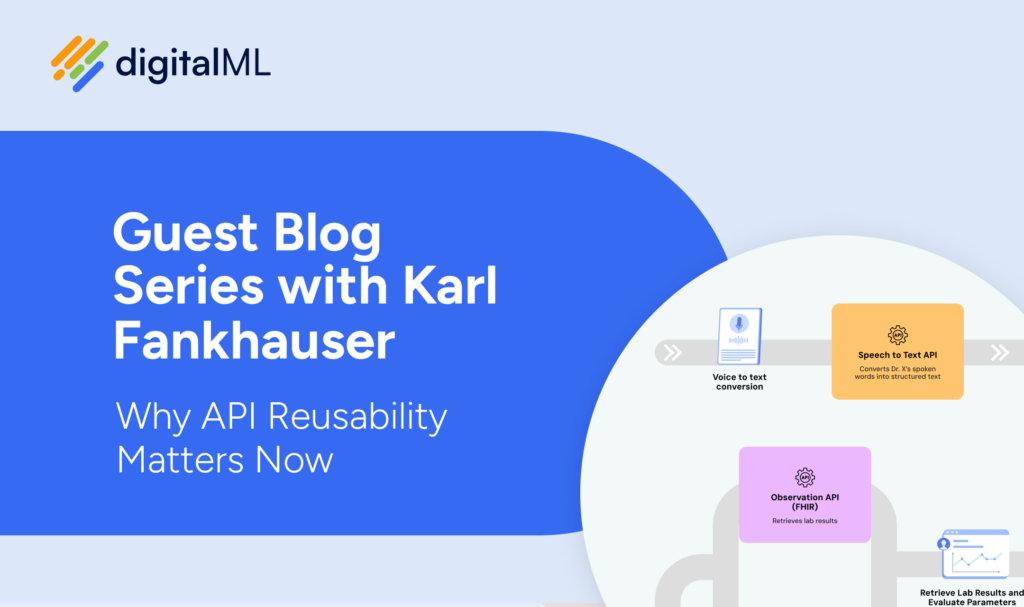Enterprise API Reporting: Why You Need a Holistic Approach
As we all know, application programming interfaces (APIs) are a critical component of modern enterprise architecture, with 97% of enterprise leaders agreeing they are essential for survival. As enterprise API programs grow, so do the number of APIs and the platforms they’re running on. With API sprawl and siloes now a common challenge, the importance of effective enterprise API reporting across the entire ecosystem is of growing importance. This is because great API metrics aids enterprises in making business decisions on their API program and accelerating overall maturity.
But traditional API reporting can be fragmented and siloed across API design tools, runtime API platforms, and API developer portals. That’s why you need a holistic approach. Shifting to API reporting that’s unified across design, runtime, and consumption metrics and across all platforms ensures you can make strategic decisions on the entire API inventory.
Let’s take a look at the limitations of traditional reporting, and understand why a holistic metrics approach is the best option for your enterprise.
Limitations of Traditional API Reporting
Many enterprises rely on traditional API reporting tools, or reporting functionality built in to their existing API toolset.
This approach often suffers from data fragmentation and siloed metrics, or too much of a focus on only API performance metrics. Key metrics tend to come from different API architecture components, such as API design and planning tools, CI/CD pipelines, API gateways, and developer portals.
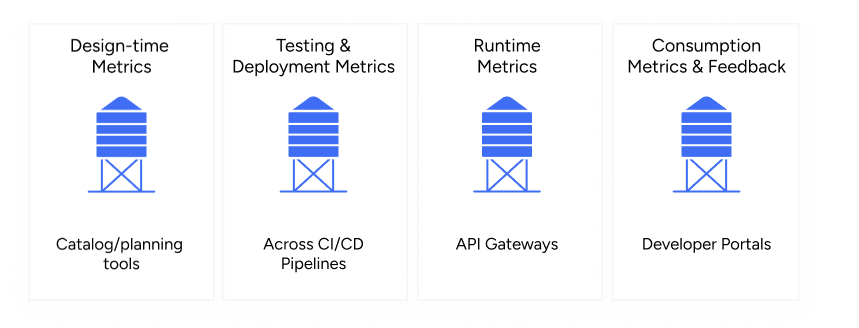
This marks it hard to understand the entire API ecosystem. A fragmented approach not only introduces the risk of inefficiencies in API processes, but also makes it hard to spot opportunities for optimization and growth.
In addition to a fragmented approach, many enterprises are lacking a unified view of their entire API inventory across all runtimes and lifecycle states. Having this centralized view is important for understanding business function coverage; i.e. how your APIs are supporting your core capabilities.
Common challenges with these key limitations include:
- No insight into the overall API portfolio maturity.
- Inability to track each API’s health holistically.
- Difficulty in understanding usage trends and adoption/reuse rates.
- Hard to measure and improve the impact of APIs on business objectives.
- Hard to make enterprise business decisions on the entire API inventory.
- API governance and security reporting becomes challenging (particularly important for heavily regulated industries like banking).
Next-Gen API Reporting: A Unified Metrics View
If this rings true, you may well be thinking about the next generation of API reporting. A holistic approach is the answer. Transcend traditional API reporting limitations by building a unified view of metrics across the API lifecycle and across all platforms.
This approach integrates design, runtime and consumption metrics from across the API ecosystem. Unified API metrics help you better identify trends, diagnose issues and vulnerabilities, and uncover opportunities for API maturity improvement. Ultimately, ensuring you can make more informed strategic decisions across your entire API portfolio.
Key Components of a Unified API Reporting Strategy
Your unified API metrics approach should embrace the following key areas:
API Catalog Metrics
These are catalog-wide metrics such as:
- total numbers of APIs in the landscape and where they’re running in production.
- the makeup of these APIs (e.g. numbers of REST vs SOAP vs Async APIs, and internal vs partner vs public).
- coverage against business or industry capability models (e.g. BIAN in banking).
API Design Metrics
These include metrics such as adherence to your API governance rules and standards, to ensure quality and security best practices. Also, as you iterate and evolve APIs, tracking versions and API design changes, as well as their impact on consumer adoption.
API Runtime Metrics
It’s of course important to ensure and monitor that your production APIs are performing to their expected level (e.g. API call traffic, latency and error rates). Good runtime metrics can also provide visibility into potential cost savings across runtimes by refactoring and redeploying APIs to a more suitable environment.
API Consumption Metrics
Your APIs are only valuable if they’re being consumed. Tracking API adoption and reuse patterns across multiple API portals (an the efficiency impact of more reuse), consumer feedback and requests, and overall engagement levels with your API Consumer Portals is critical for success.
Advantages of a Unified Reporting Approach
Making the change to a unified API reporting approach offers 3 key benefits:
- Enhanced decision making: Holistic insights provide a comprehensive view of the entire API landscape, enabling you to make strategic decisions based on all metrics in one place.
- Improved performance: Across API adoption, reuse, and customer satisfaction, as well as operational efficiencies such as reduced costs and developer overhead.
- Accelerated maturity: Identifying and addressing gaps, vulnerabilities, and opportunities in the API program ensures it becomes more efficient, speeding up maturity and API success.
These key benefits of holistic enterprise API reporting help you gain increased value from your API programs, offering better experiences across the entire ecosystem.
ignite by digitalML as an example of a holistic enterprise API reporting provider
Our ignite Platform provides enterprises with a holistic and actionable view of your entire API landscape. Our in built logic and reporting capabilities help you organize, rationalize, and make business decisions on your inventory.
By integrating with your source code management (SCM) repos and CI/CD pipelines, API gateways, runtime and reporting aggregator platforms, our own API Consumer Portals (as well as existing API developer portals and marketplaces), and ticketing and workflow platforms like ServiceNow, we help you build a complete picture. Our reporting dashboards cover catalog metrics, design and runtime metrics, consumption metrics, and provides an overall API program maturity progression tracker.
ignite also provides logging and audit histories across the entire catalog, so you can provide visibility into how your APIs are changing over time.
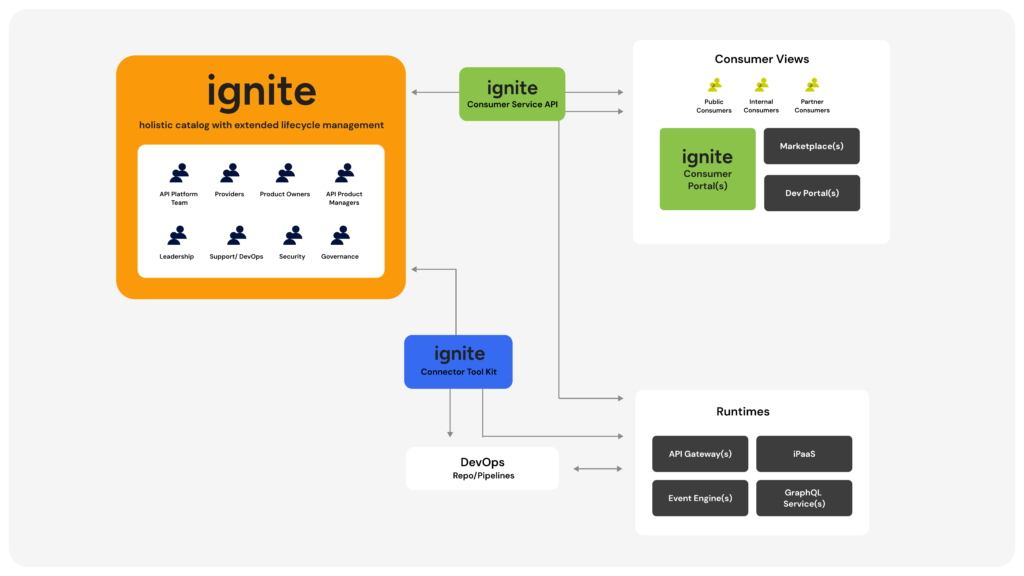
Conclusion
Next-generation API reporting with a unified metrics view represents a strategic advantage for your enterprise. By shifting to this approach from the limitations of traditional API metrics, you can unlock the full potential of your API program; driving maturity progression, efficiency, and growth.
Differentiate Your Digital Enterprise Now
Learn how it can help your enterprise accelerate digital transformation

